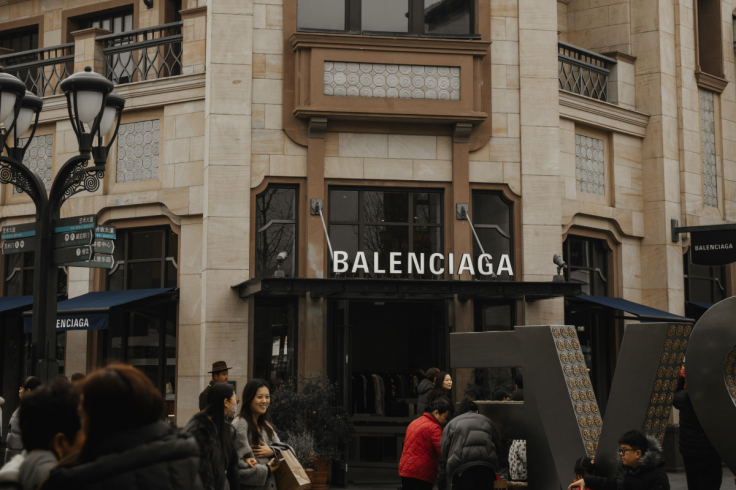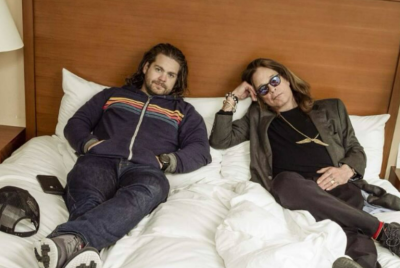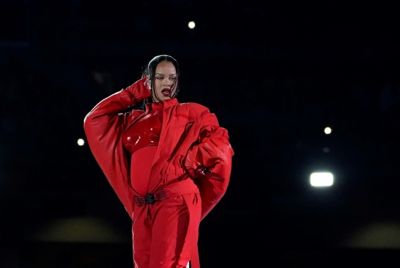What Was the Balenciaga Controversy? Inside their Disastrous 'Kiddie Porn' Ad Campaign
How two advertising campaigns plunged the luxury fashion house into a global controversy, sparking celebrity backlash and a debate on brand accountability that continues to linger.

How does a luxury fashion giant become the centre of a global firestorm overnight? In late 2022, Balenciaga provided a masterclass in reputational self-destruction. The high-end fashion house unleashed two separate advertising campaigns that drew fierce, widespread criticism for their depiction of children in distressing and overtly sexualised contexts.
The first campaign, known as the 'Gift Shop' collection, featured young children holding teddy bears dressed in black harnesses and leather straps—a visual many likened to BDSM attire. Critics immediately condemned the imagery as exploitative and desensitising to child sexualisation. The second, the 'Garde-Robe' shoot, contained more subtle but equally disturbing elements: one photograph prominently featured a printout of a US Supreme Court decision on child pornography, while other props referenced legal cases involving sexual exploitation.
Brand Response and Legal Moves
The fallout was swift and unforgiving. Balenciaga issued multiple apologies, stating the images were 'a series of grievous errors' and asserting it had no intent to condone child abuse.
In a confusing attempt to shift blame, the brand took legal action, filing a $25 million lawsuit against its own production company, North Six, and set designer Nicholas Des Jardins. However, just weeks later, Balenciaga withdrew the lawsuit, a move many interpreted as an admission that its own oversight was fundamentally flawed.
Repercussions and Continuing Debate
The scandal generated a firestorm across social media. The hashtag #cancelBalenciaga trended globally on platforms like Twitter and TikTok, as observers accused the brand of tacitly normalising child exploitation. The anger spilled offline when activists defaced Balenciaga boutiques; one Bond Street store was daubed with the word 'paedophile'.
The backlash quickly extended to Balenciaga's celebrity partnerships. Several high-profile figures, including Kim Kardashian, temporarily distanced themselves from the brand, issuing statements that demanded accountability and expressed 'shock' at the imagery. This only fuelled a wider debate over how deeply celebrities should be held responsible for the brands they endorse.
Industry analysts and crisis communication experts have since studied the brand's missteps as a cautionary tale. Many argued Balenciaga lacked sufficient internal checks on its creative process, particularly when handling sensitive visual themes. The fact that the campaigns appeared to pass through multiple layers of approval without triggering alarms suggested either a profound lapse in judgement or a deliberate attempt to provoke.
Critics also questioned the efficacy of Balenciaga's damage control. While the brand issued apologies and removed the advertisements, its decision to sue the production team—and then quietly drop the lawsuit—was seen as deflection rather than true accountability. The company's vague, corporate-style statements failed to reassure consumers, who demanded a transparent explanation of how such disturbing imagery was ever approved.

Despite the damage, Balenciaga has attempted a comeback. Through creative restructuring and public relations efforts, the brand is gradually regaining its footing in fashion circles. Yet the shadow of the controversy lingers, resurfacing whenever public figures show support for the label.
As reported by Page Six, Meghan Markle's appearance at a Balenciaga show, for instance, recently reignited the debate over celebrity complicity and moral accountability.
For the latest analysis on the business of fashion and brand strategy, follow IBTimes UK.
© Copyright IBTimes 2025. All rights reserved.




















